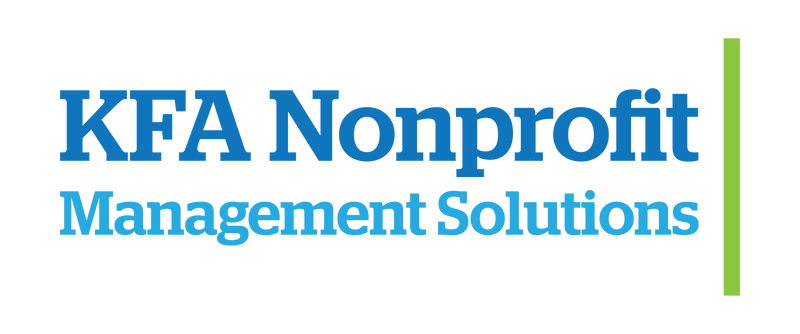Since the federal government shutdown appears to remain at an impasse, we thought we would circle back this week to the little series we started earlier in the year on the quirky little clauses in our client contracts and how those came about. In essence, this series is about how to work effectively and efficiently with professional grant writing consultants like us.
One of the more unusual clauses in our contracts addresses my unconventional work schedule. It’s quite common for independent contractors to have a generic clause in their contracts that states something along the lines of “the Consultant will work hours according to a schedule of their own discretion as required to meet the deliverables defined by this agreement.” KFA contracts are far more specific:
The Consultant maintains office hours Monday through Friday from 10:00 am to 2:00 pm Eastern Time. Unless specifically agreed to by the Consultant in writing, in advance, any meetings scheduled outside of these office hours will be treated as additional services. All phone calls related to the services provided to the Client by the Consultant will be scheduled in advance and treated as meetings.
In the dynamic and often demanding field of grant writing, finding the right balance between collaboration and deep focus work is crucial. For decades, I have adopted a unique work schedule that aligns with these needs—working during two distinct windows: from 10 AM to 2 PM and again from 10 PM to 2 AM. This approach, while unorthodox, has proven to maximize my productivity during quieter hours, ensuring I can deliver the highest quality service.
Here’s a deeper look into why I work these hours and how it benefits our work and our clients.
Daytime Hours: Dedicated to Client Engagement and Collaboration
From 10 AM to 2 PM, my focus is on client interactions and collaborative efforts. These hours are chosen specifically for several reasons:
-
Peak Business Hours: This time slot aligns with the core business hours of most of our clients on both coasts, making it convenient for meetings, phone calls, and immediate email communications. It ensures that we are available when our clients need us the most, facilitating real-time discussions and decisions that are crucial for the progress and direction of ongoing projects.
-
High Energy Levels: Mid-morning to early afternoon is typically when most people experience high alertness and energy. Leveraging this natural rhythm enables us to engage more effectively with clients and stakeholders, ensuring that our collaborations are productive and energizing.
-
Efficiency in Operations: Concentrating client interactions within these four hours forces efficiency. It compels us to prioritize our tasks and manage our time effectively, ensuring that client-facing activities are concentrated and thus more impactful.
Nighttime Hours: Uninterrupted Deep Work Sessions
The choice to also work from 10 PM to 2 AM may seem unconventional, but it is crafted around the principle of leveraging quiet hours for deep, uninterrupted work:
-
Distraction-Free Environment: Late night hours are inherently quieter and free from the usual daytime interruptions of emails, calls, and meetings. Nighttime is ideal for deep work, where focus is critical—such as detailed research and the writing of grant proposals.
-
Psychological Benefits of Quiet Hours: There is a certain tranquility at night that enhances concentration. For many creative and analytical tasks, like writing, working without the background noise of a bustling office or the distractions of a daytime routine can significantly boost productivity and the quality of output.
-
Leveraging Natural Rhythms: Some individuals are naturally more productive at night and I am absolutely one of those “night owl” people. I work and function my best when I accommodate this natural inclination, rather than trying to fight it.
Working 10 AM to 2 PM and 10 PM to 2 AM is designed to optimize operational effectiveness and enhance the quality of work we deliver to our clients. Setting clear boundaries between “interacting with people time” and uninterrupted writing time is something I have always found crucial. I strongly believe maintaining those boundaries is the secret to how and why I am an extremely efficient and effective writer. But why is it a contract clause? My phone would ring all hours of the day and night and I could easily be met to death if I didn’t formalize these boundaries with some clients. How do I know? This clause was born of a client who necessitated it.
Fortunately for my team, I’m flexible. I don’t require everyone in my employ to adhere to my unusual working hours. However, it is interesting how often members of The Best Team on Earth have gravitated toward a similar schedule. Adopting such a schedule might not be conventional, but I have never been accused of being conventional— I ensure that we are attentive to our clients' needs while protecting the time to produce high-quality, compelling grant proposals that have a higher likelihood of success.

A moment to express my thanks to you for what you are doing & to day keep me on your mailing list! I look forward to working with you in the not too distant future.